Guavas — the sweet, aromatic tropical fruit packed with vitamin C, fiber, and antioxidants — have earned their place among the world’s favorite fruits. From fresh fruit stalls in Southeast Asia to juice counters in Brazil and tropical smoothies in North America, guavas are a staple in kitchens and diets worldwide.
But have you ever wondered where the world gets most of its guavas? Which countries supply this nutritious fruit to meet rising global demand? In this article, we’ll dive deep into the world’s guava production, identify the major producing nations, and explore how this humble fruit travels from lush orchards to plates across the globe.
A Quick Overview of Global Guava Production
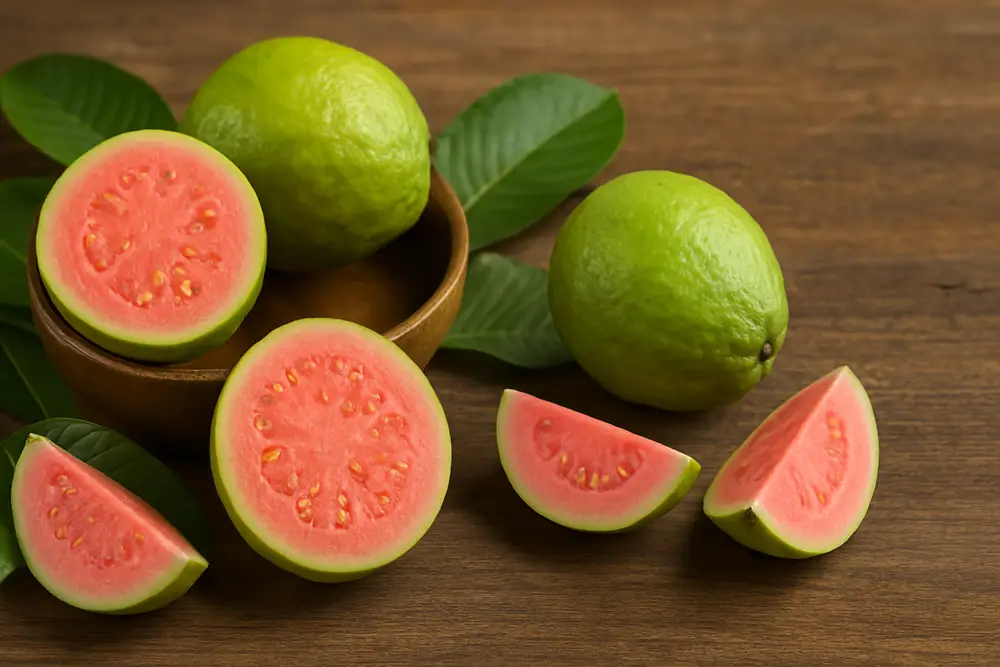
Guava (Psidium guajava) is a tropical and subtropical fruit crop cultivated in over 50 countries around the world. It thrives in warm, humid climates and is known for its resilience against drought and minimal soil requirements, making it a popular crop in developing and emerging agricultural economies.
According to recent data from the Food and Agriculture Organization (FAO), global guava production exceeds 55 million metric tons annually. However, more than half of this impressive volume comes from a single country — with a handful of others contributing significantly to global supply.
So, Where Does the World Get Most of Its Guavas?
The answer is clear and undisputed: India.
India is by far the largest producer of guavas globally, supplying nearly half of the world’s guava harvest. Following India are countries like China, Indonesia, Brazil, and Thailand, which collectively fill much of the remaining global demand.
Let’s take a closer look at the top contributors and how they supply the world with guavas.
Top Guava Producing Countries Supplying the World
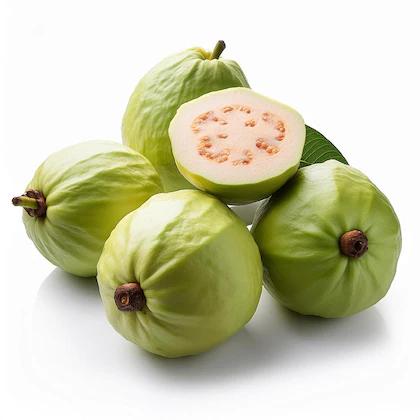
India — The Undisputed Guava Capital
Annual Production: Over 25 million metric tons
Global Share: Approximately 45-50%
India isn’t just the world’s biggest guava producer — it’s also the primary source of guavas for both domestic consumption and international trade. With guavas cultivated across virtually every Indian state, the country’s favorable tropical and subtropical climate makes it ideal for guava farming.
Key Growing Regions:
- Uttar Pradesh (largest contributor)
- Maharashtra
- Bihar
- Madhya Pradesh
- Andhra Pradesh
- Tamil Nadu
India is home to a diverse range of guava varieties, including:
- Allahabad Safeda (white-fleshed, mildly sweet)
- Lucknow-49 (L-49) (sweet and high-yielding)
- Pink Guava (aromatic, used for juices and jams)
- Chittidar and Arka Mridula
Why India Leads:
- Massive agricultural land dedicated to guava orchards
- Multiple harvest seasons throughout the year
- Traditional and commercial farming systems
- Extensive domestic demand and expanding export networks to Middle Eastern countries, Southeast Asia, and Europe
Fun Fact:
Uttar Pradesh alone produces nearly 30-35% of India’s total guava output.
China — Asia’s Second-Largest Supplier
Annual Production: Around 5.5 million metric tons
China ranks second in global guava production, with most guavas cultivated in the southern provinces of Guangdong, Guangxi, Yunnan, and Hainan. Guavas are popular in Chinese cuisine and natural medicine for their high vitamin C and immune-boosting benefits.
China’s Guava Market:
- Primarily consumed domestically
- Increasing production of guava juices, herbal teas, and snacks
- Minimal exports, though some trade occurs with neighboring Asian markets
Indonesia — Southeast Asia’s Guava Hotspot
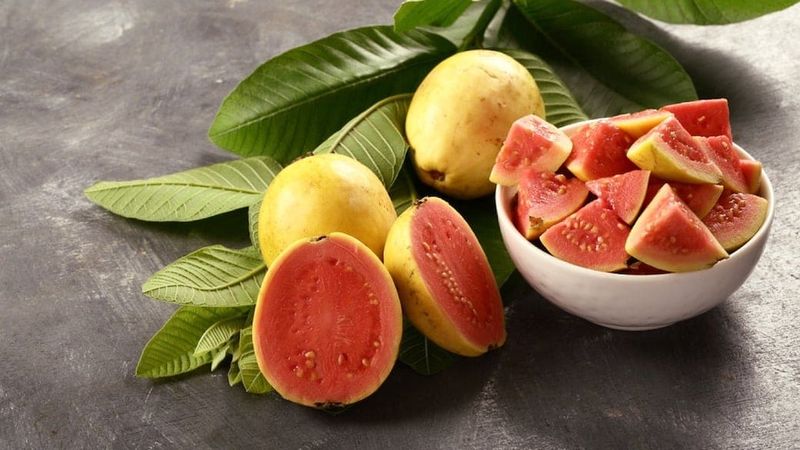
Annual Production: Approximately 3.2 million metric tons
Indonesia’s tropical climate makes it a fertile ground for guava farming. The fruit is grown throughout Java, Sumatra, and Sulawesi, with both white and pink guava varieties widely available.
Market Highlights:
- Most guavas are consumed locally, sold fresh in markets or made into juices, jams, and dried snacks.
- Guava-based herbal drinks and traditional medicine are especially popular.
- Small but growing export potential to nearby Southeast Asian countries.
Brazil — South America’s Leading Guava Producer
Annual Production: About 2.5 million metric tons
In South America, Brazil leads guava production, with cultivation concentrated in São Paulo, Minas Gerais, Bahia, and Paraná. Brazilian guavas are known for their high sugar content and excellent flavor.
Brazil’s Guava Industry:
- Large domestic consumption, both fresh and processed
- Famous for goiabada (sweet guava paste), guava jams, and juices
- Exports to the United States, Portugal, and neighboring Latin American countries
Thailand — A Popular Source of Tropical Guavas
Annual Production: About 2.1 million metric tons
In Thailand, guava (known locally as farang) is a beloved fruit, often eaten crisp with a chili salt dip or transformed into juices and dried snacks.
Thailand’s Guava Highlights:
- Grown year-round due to the tropical climate
- Popular varieties include crisp white guava and aromatic pink guava
- Exports to China, Malaysia, Singapore, and Middle Eastern markets
Quick Recap: Top Guava Supplying Countries (Annual Metric Tons)

| Rank | Country | Production (Million Metric Tons) |
|---|---|---|
| 1 | India | 25+ |
| 2 | China | 5.5 |
| 3 | Indonesia | 3.2 |
| 4 | Brazil | 2.5 |
| 5 | Thailand | 2.1 |
(Source: FAO, 2023)
What’s Fueling Global Demand for Guavas?
The global demand for guavas is increasing rapidly, driven by:
- Rising health consciousness due to guava’s high vitamin C and antioxidant content
- Growing popularity of tropical flavors in international cuisines and beverages
- Expansion of the guava processing industry (juices, jams, dried fruit, candies)
- Use of guava leaves and extracts in traditional and alternative medicine
Countries like India, Brazil, and Thailand have capitalized on this trend, expanding both their production capacities and value-added guava products for export.
Sustainability and Modern Farming Practices
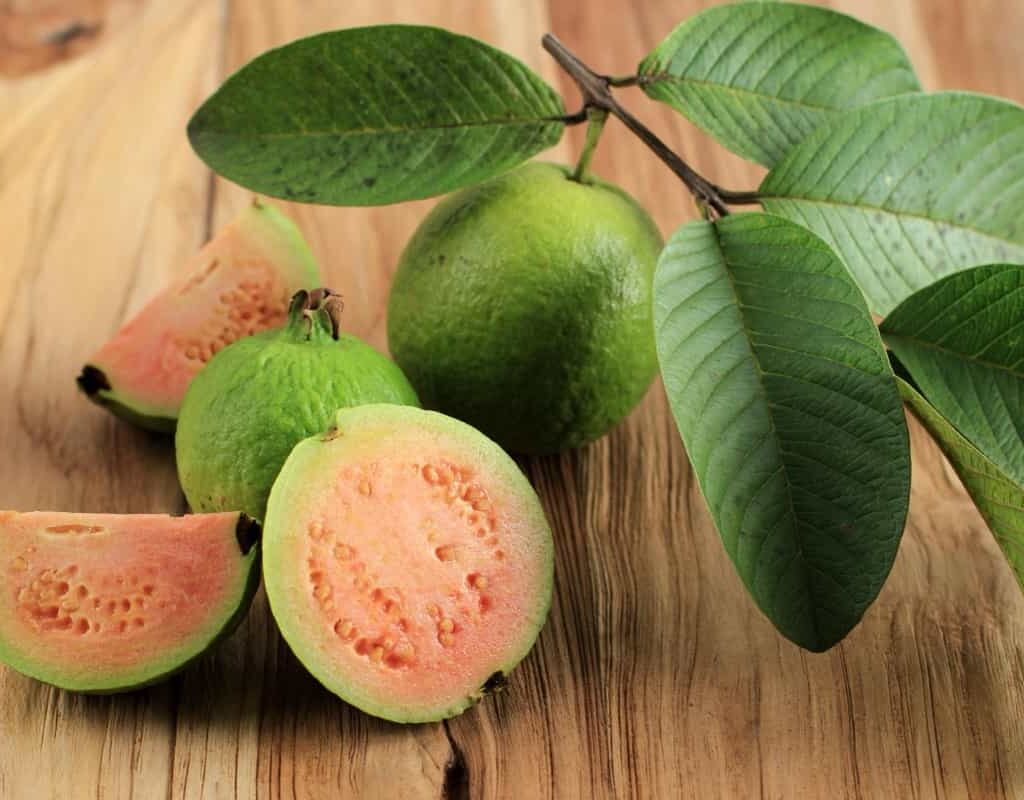
As guava farming scales up, sustainability is becoming a central focus:
- Many farmers are shifting to organic guava cultivation
- Adoption of water-efficient drip irrigation systems
- Implementation of integrated pest management (IPM) to reduce chemical usage
- Expansion of high-yield, disease-resistant guava varieties
These practices not only protect the environment but also improve fruit quality and increase export potential.
Conclusion
So, where does the world get most of its guavas? The clear answer is India, which produces nearly half of the world’s guava supply. Following India, countries like China, Indonesia, Brazil, and Thailand also play significant roles in meeting the global appetite for this nutritious and versatile fruit.
With rising health trends, growing markets for tropical fruit flavors, and expanding guava-based product lines, these top producers are well-positioned to continue supplying the world with high-quality guavas for years to come.
Whether you’re biting into a fresh guava, sipping guava juice, or savoring a sweet guava jam, chances are it came from one of these five tropical nations — with India leading the way.

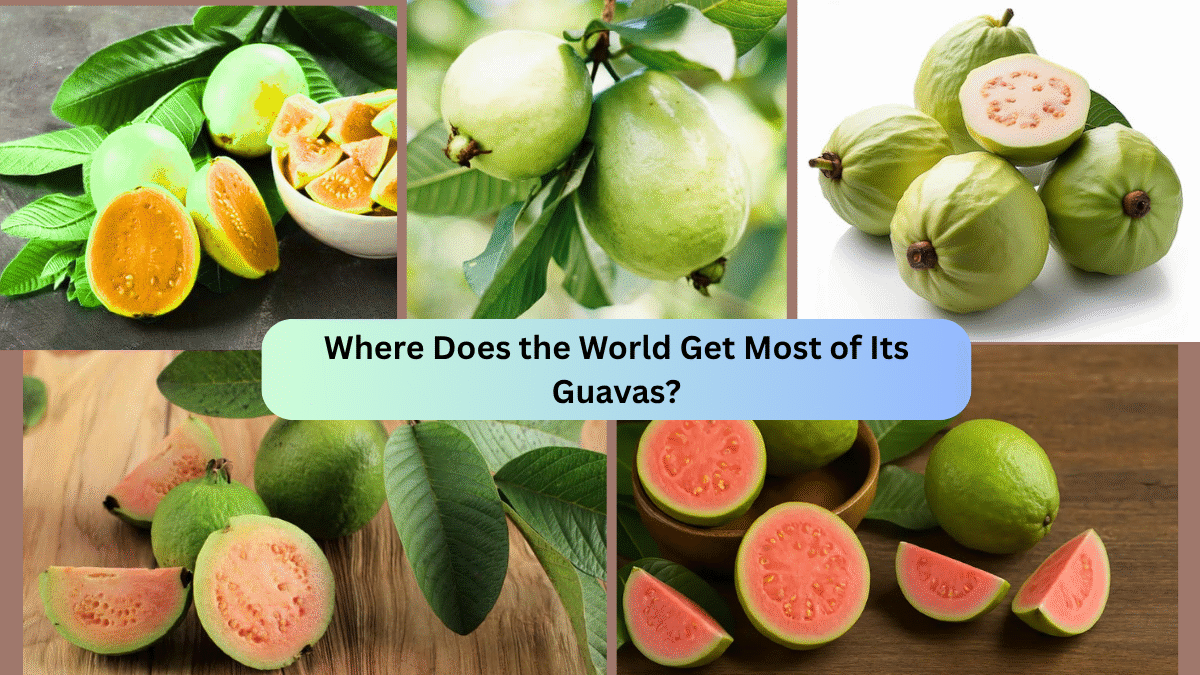




Leave A Comment